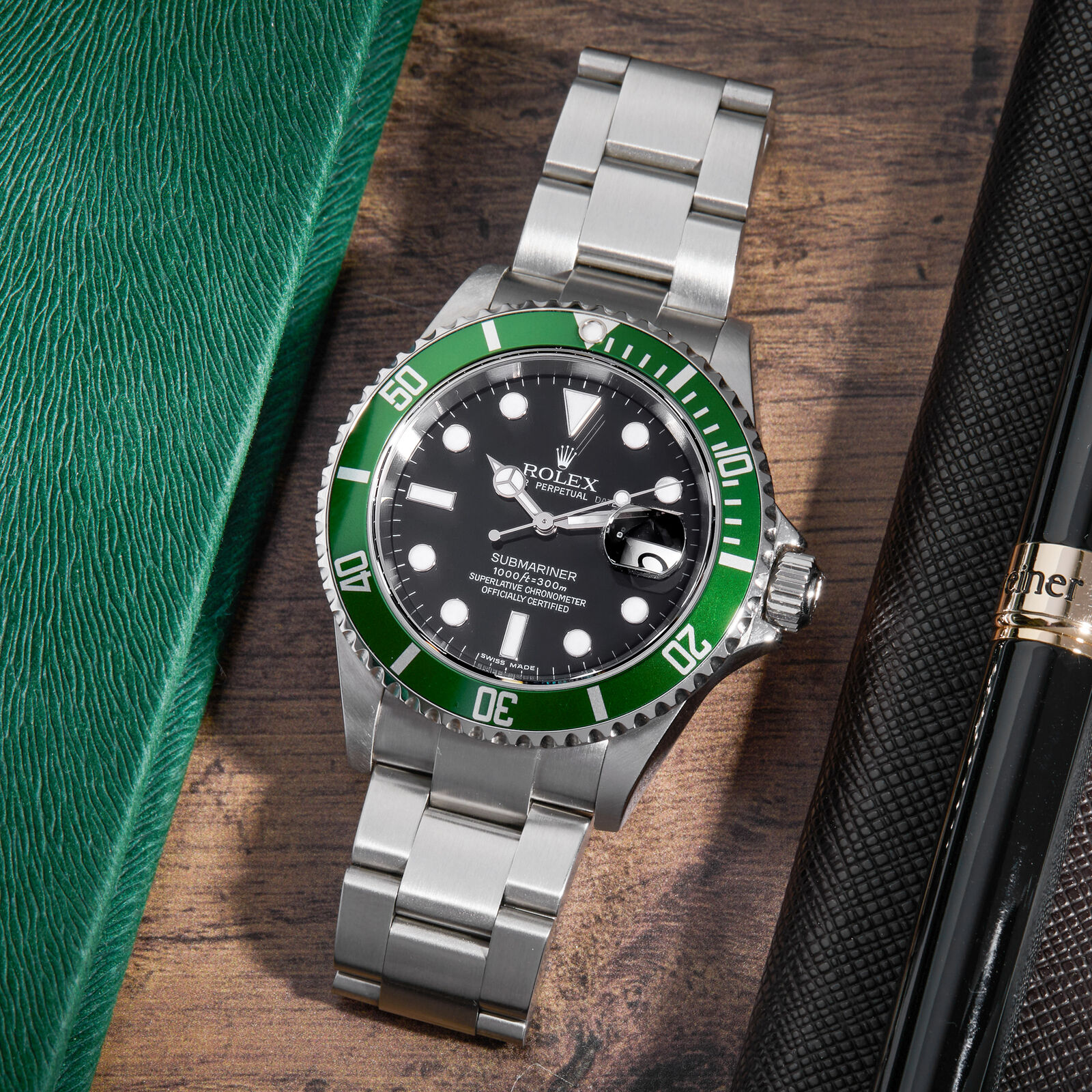Seiko Sumo vs Turtle: Different Enough To Matter
No products found.
Seiko SBDC033 Sumo (Blumo) Blue Version
No products found.
Seiko SRP773 Turtle
The Seiko Sumo and Turtle models from the Prospex range are both stylish looking dive watches that are very hard to pick between.
Sure, there are some obvious differences in size, style and shape that you can clearly see from the images above. However, in my opinion, the devil is in the detail.
So, in this comparison review I am going to dive deep (got to love a good pun) and see what exactly the difference between the two models are, apart from the catchy names!
The Differences Between Two
Below is a technical side by side comparison of the Seiko Sumo and Turtle, so you can quickly and easily see the main differences.
Table could not be displayed.
The Dial/Face


The Bezel
Both have a matching blue 120 click dive bezel, however the Sumo’s is significantly thicker with weightier arabic numbers. The Grip on the outside of the bezel itself is more subtle on the Sumo, and obviously more pronounced on the Turtle.The Case
The Turtle, like it’s brother the Tuna, has a very distinctive shape when it comes to the case. Some love it, others hate it. But it certainly stands out.
It is almost like a full circle, cut off only at the lugs, and it makes for a far wider looking watch which may suit some of you wanting a bigger more modern looking watch. The top of the case is also very flat, compared to the tapering you can see on the sides of the Sumo. However, they both share the same brushed stainless steel material.
The Crown
Seiko’s dive watches often see their crowns at 4 o’clock, so it’s perhaps not surprise both watches have this feature too.
With the extra width on the case, Seiko have also embedded the crown, giving it some extra protection. Although both are screw-down crowns as you would expect from a 200m spec dive watch.
The Sumo has the addition of a Seiko S stamped on the polished crown face and a far more grip-worthy pattern then the Turtle. However, both a quite easy to adjust by all accounts.
And remember, both these watches have self-winding and hacking
!
No products found.
The Bracelet
Not a huge amount to report on the bracelets, as they are both fairly standard Seiko all stainless steel.
They have a deployant clasp with safety, which is becoming “run of the mill” for dive watches, but useful nonetheless. They both have micro-adjustments which are again something you would expect to help fit the watch well to your wrist.
The biggest difference between the two is the 20 vs 22mm strap width, with the Turtle being wider. This also suits the wider looking case, so a great choice if you ask me.
No products found.
The Movement
The Sumo and the Turtle both have automatic movements with self-winding and hacking. And their resulting case thickness is also almost exactly the same.
So, it begs the question, is there anything worth mentioning here?
Well, the Sumo has Seiko’s 6R15 with 50 hours of power reserve, while the Turtle has the 4R36 with only 41 hours. So you can safely wait 2 days (or 48 hours) before having to charge the Sumo.
And, according to some of the Seiko fans, the 6R15 has some better parts in it which leads to great accuracy. Which overall, also saves you from adjusting it more often. Something you have to live with when you buy an automatic anyway.
Which Should You Choose
These two watches are so similar that it’s almost impossible to choose. I would honestly buy both, if I could.
The main differences if you ask me are in the shape of the case/dial and the movement (including day vs day/date option).
So, it’s either a matter of taste or a preference for the specifics of the movement.
In terms of color, I have only compared the two blue ones here, but there is also a black Sumo (image below) and various Turtles available.
No products found.
No products found.





